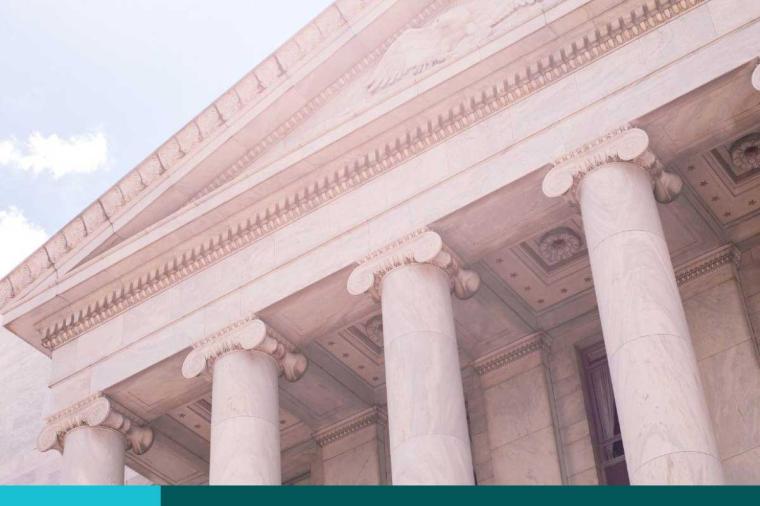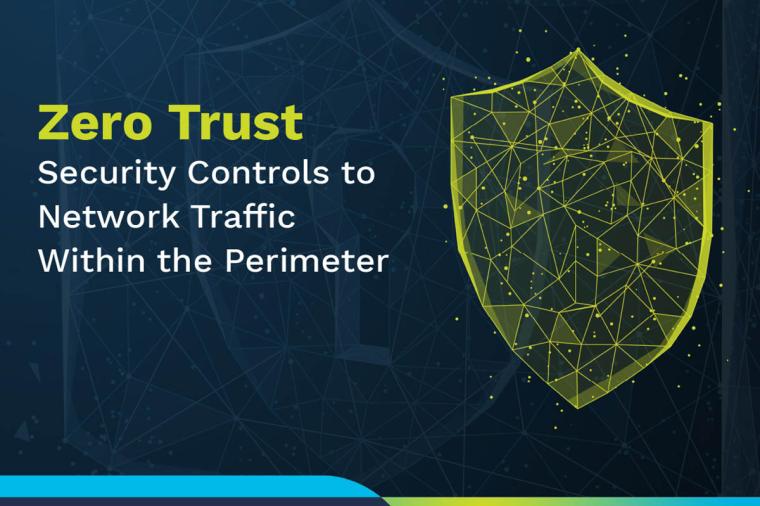Protect Sensitive CAD Data: 5 Steps to Reducing Data Leakage Risks

CAD files are highly valued and frequently shared and exchanged. But CAD files often contain confidential information and IP which can have legal data protection obligations. To protect these files collaborators may use email encryption programs, network file share access control, secure file transfer protocol, mobile device management, enterprise and cloud-based content management, and so on.
Yet, most of these technical controls lack necessary persistent access controls, usage controls, or means for successful adoption outside your agency. Which is particularly problematic for government agencies and departments who rely on teams of contractors and subcontractors to support building and infrastructure design and construction projects.
If a file is shared with a collaborator, other controls, such as restricting further access or tracking subsequent access becomes impossible. Nor do these security measures have the means to delete a file after it’s been removed from its original repository.
So, what is a pragmatic approach to reduce IP and risk due to CAD file data leakage?
DLT partner, FinalCode, offers these five steps to reduce CAD file data leakage.
1. Discover and Classify File Data: First, FinalCode recommends you establish a working process to map different file classes and types based on regulatory compliance obligations that govern how to protect the data in a file.
2. Assess File Sharing Risk: How are sensitive files in each data classification currently secured and shared outside the organization? What is the potential probability of exposure and likely ramifications? This kind of risk assessment should reveal data protection priorities and gaps and help guide you towards identifying additional data file protection process and controls.
3. Determine Which Data Protection Policies Need Improvement: Which policies need to be improved to better manage risk associated with new categories of sensitive data and file collaboration activities? Vet, agree, and communicate those policies to those who own and manage the data.
4. Identify Where Technical Controls Must be Applied: Taking your gap analysis into account, assess each control’s functional scope, and consider management, implementation and cost factors.
5. Manage and Track File Security Measures: The last step is the management tracking of file security measures, this provides a vantage point with regards to file data leakage risk reduction. You’ll need some method of tracking and reporting policy adherence, control implementation, exceptions and additions, and control usage.
Download this whitepaper to read more about how design-centric agencies can reduce file data leakage risks and how FinalCode’s easy, flexible and persistent approach to file collaboration security can help.

















































